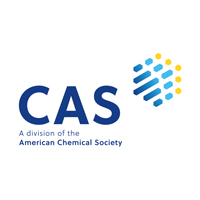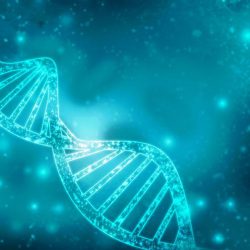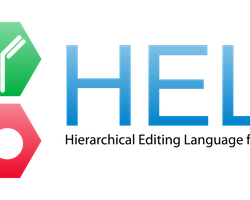Why is this important?
HELM is now widely adopted across the industry. To ensure consistency of practice and therefore maximize interoperability, our project community is a resource center for HELM and works to maintain, enhance and support the standard.
What will the project achieve?
To date, the project has published the HELM notation and created a suite of open-source tools all free to all: a toolkit, a web editor, and an antibody editor.
There has been wide adoption and HELM is included in the technical guidance for ISO 11238 TS 19844.
How will the project do this?
As the therapeutic use of complex and unique biomolecules has become commonplace in drug discovery R&D, scientists have struggled to represent these entities in their informatics systems, forcing them to use various “pick and mix” approaches that include multiple nomenclatures and textual descriptions.
Hierarchical Editing Language for Macromolecules, the open biomolecular representation standard, has solved this problem by providing a means to represent various types of complex macromolecules (e.g. nucleotides, proteins, antibodies, and antibody-drug conjugates) including those that contain unnatural elements such as unnatural amino acids or nucleotides/nucleosides.
We maintain a community to tackle new challenges that arise as HELM expands its reach and are currently developing our documentation of best practices, extending our guidance around monomer sets, and ensuring all adopters are supported.
HELM Community
Get in Touch
We are always happy to hear from new groups interested in HELM. If you want to know more about HELM, contact the HELM team.
















